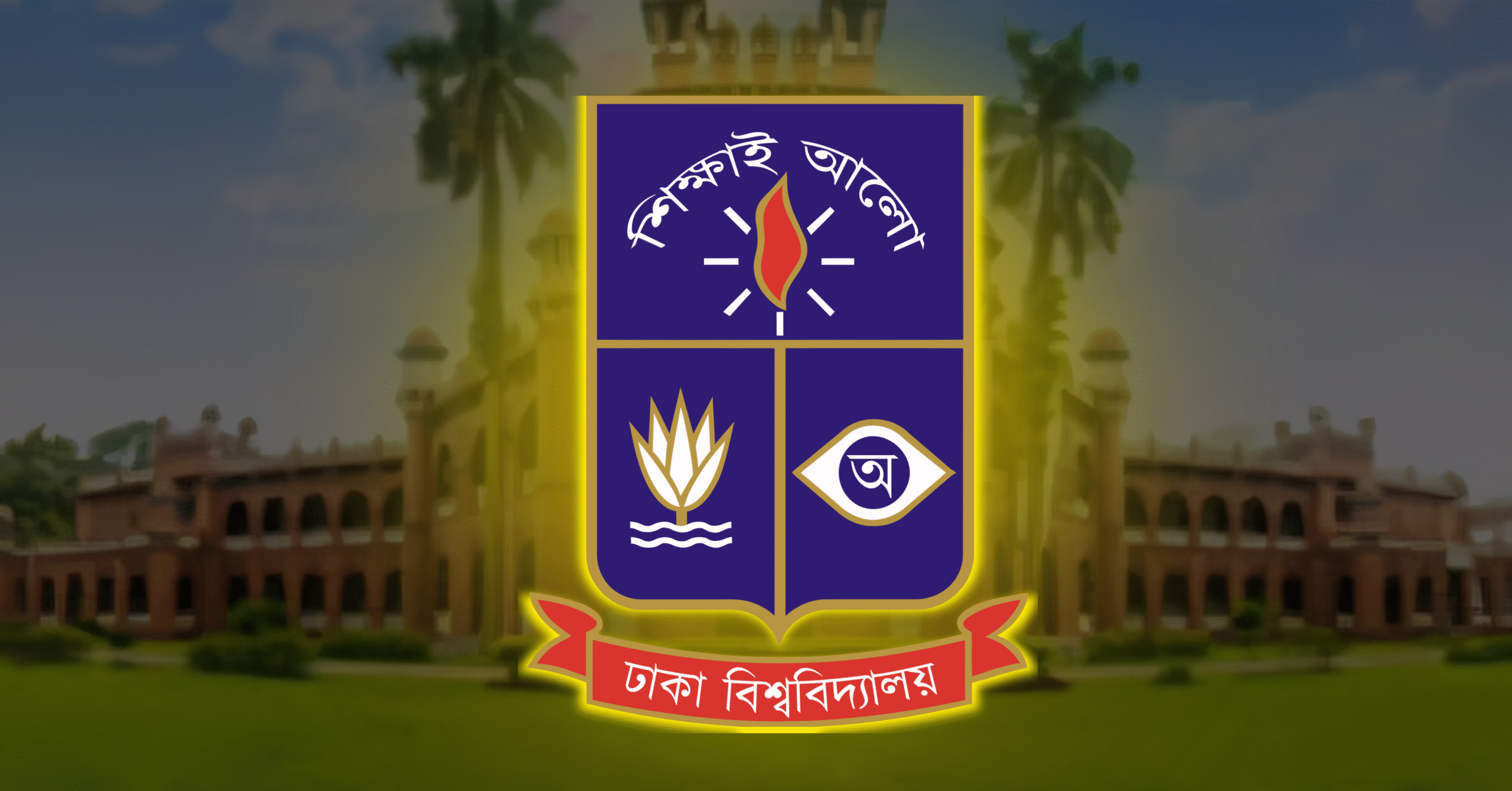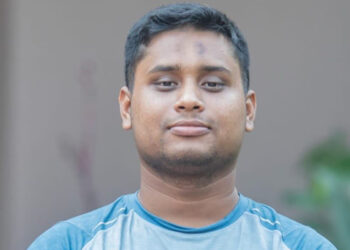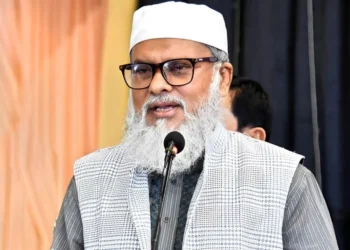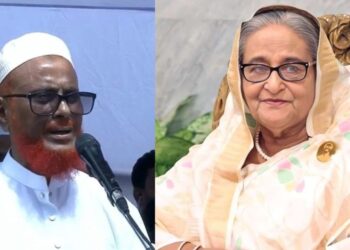104 Years of the University of Dhaka and the Dreams It Still Guards
They say the walls of Dhaka University do not echo- they remember. For 104 years, since July 1, 1921, these grounds have kept watch over revolutions, whispered secrets of genius, and guarded dreams of a restless generation.
Today, as the University of Dhaka turns 104. But this is no ordinary birthday. It is not merely a celebration of age, but a recognition of the layers of history buried beneath every corridor, every banyan tree, every crack on the red brick of Curzon Hall.
Where It All Began: A University Born from Grief and Resolve
Before it was ever a campus, the University of Dhaka was a demand, a dream rooted in disappointment.
It began not with celebration, but with demand. In 1905, the British government created the province of Eastern Bengal and Assam, placing Dhaka at its heart. Muslims of the region felt hope. But in 1911, that hope was crushed by annulment, prompting heartbreak and fury.
Because Dhaka University was never just a university. It was always an enigma. A place born from loss and built on longing. A whisper of revenge against the annulled Partition of Bengal in 1911. It left East Bengal’s Muslim population disillusioned and politically isolated.
A flame lit by Nawab Salimullah’s determination and fed by Nawab Syed Nawab Ali Chowdhury’s sacrifice. What the British had taken in politics, East Bengal reclaimed in knowledge.
In a forgotten corner of time 31 January 1912, to be exact a delegation of visionaries led by Nawab Sir Salimullah, Syed Nawab Ali Chowdhury, and the indomitable Sher-e-Bangla A.K. Fazlul Huq made a plea.
Not for power. Not for privilege. But for knowledge. They met with Viceroy Lord Hardinge in Dhaka, then still called Dacca, to demand something unprecedented a university for the eastern province, a lighthouse for a land kept deliberately in the shadows.
The Nathan Committee, named after Sir Robert Nathaniel, was tasked to draft the blueprint. And when July 1, 1921 finally arrived, Dhaka University began its journey—3 faculties, 12 departments, and 847 brave students who stepped into history without knowing they were writing it.
A Legacy in Brick and Stone: The Story of Curzon Hall
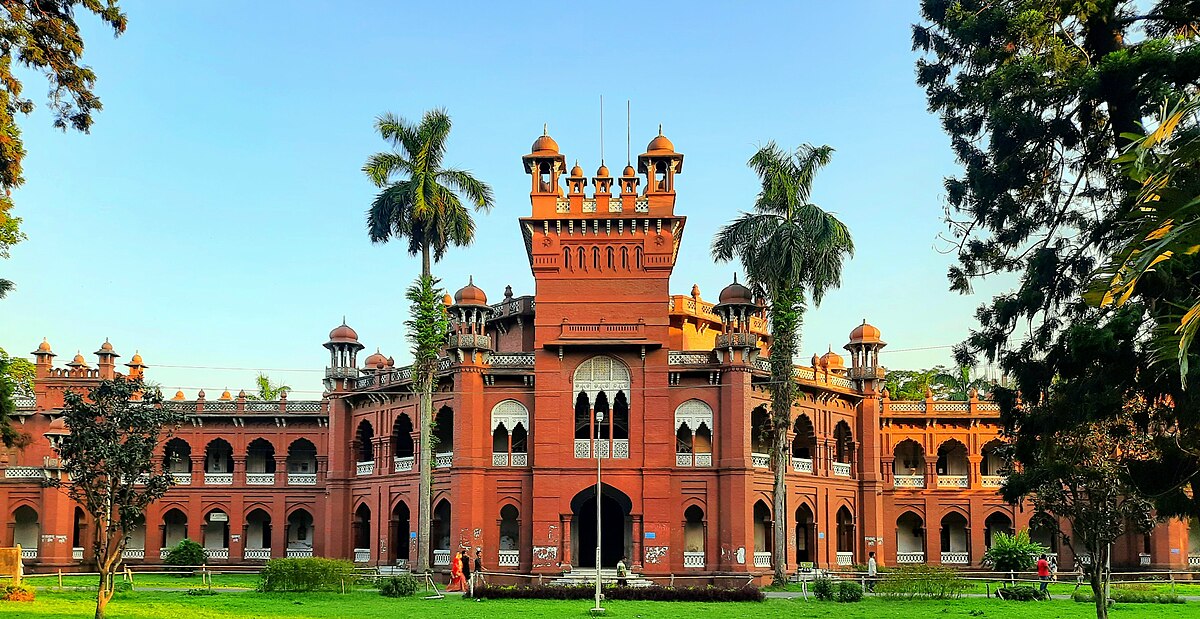 Curzon Hall, Dhaka University
Curzon Hall, Dhaka University
Step through the arch of Curzon Hall, and time bends. Built during the British Raj, intended for the Imperial Legislative Assembly, Curzon Hall was never meant to cradle rebellion. But it did. Oh, how it did.
In 1904, under the watchful eye of Lord Curzon, then the Viceroy of India, the first stone was laid. It was to be a grand town hall. A colonial statement. A symbol of power carved in red and white stone.
When the University of Dhaka opened in 1921, Curzon Hall became its intellectual throne. From the start, it held the Faculty of Science but over time, it became so much more. Here, the ideas that defied empires were born. Equations that bent the rules of the universe were scribbled in haste. Languages were defended. Lives were mourned.
On the surface, it is just architecture Mughal arches, Indo-Saracenic fusion, and colonial ambition wrapped in red sandstone. But within, it is haunted by purpose.
Here, students sat on the floor during protests, their eyes heavy with hope. Professors gave lectures while secret police watched from a distance. Activists whispered under its eaves about justice, revolution, and the strange future they longed to shape.
During the Language Movement of 1952, students gathered under its domes. They marched from its steps into the storm of history. Some never returned. Their voices, however, never left. It was there during 1971 when Dhaka burned and the university bled. Soldiers stormed classrooms. Some never left.
And yet, the Hall endured. Even now, in 2025, Curzon Hall remains the spiritual gatekeeper of Dhaka University. As the city grows louder and glass towers rise, it stands still half in shadow, half in memory.
Students still take selfies on its steps. Tourists admire its facade. Scholars drift through its corridors. But only those who truly listen can hear it whisper: “I remember what you’ve forgotten.”
Education Ranking and Global Perspective of the University of Dhaka
Despite its deep-rooted historical and political significance, the University of Dhaka (DU) has long faced a paradox: rich in legacy, yet struggling to rank competitively in the modern global academic arena. However, in recent years, there has been a growing push both from within and outside to elevate DU’s position in global education.
Global Rankings (as of 2024–2025)
-
QS World University Rankings 2025:
DU ranked in the 801–1000 band globally.
It remains the highest-ranked public university in Bangladesh, though private universities like BRAC University have shown significant movement in specific subject categories. -
QS Asia University Rankings 2024:
Ranked within the 400–450 range, with improved performance in academic reputation and employer perception. -
Times Higher Education (THE) Rankings:
DU has not consistently appeared in THE’s top rankings due to issues like limited international research collaboration and lower citation impact, but efforts are ongoing to improve these metrics. -
Subject-Specific Recognition:
-
Physics and Mathematics: Historically recognized for Satyendra Nath Bose’s legacy.
-
Development Studies, Political Science, and Public Administration: Increasing recognition due to Bangladesh’s evolving socio-economic and political relevance.
-
Economics and Microfinance: Gained global attention through alumni like Nobel laureate Muhammad Yunus.
-
Strengths and Academic Influence
-
Academic Breadth:
DU has 13 faculties, 83 departments, and over 40 research centers.
It caters to more than 37,000 students with a faculty strength of over 2,000. -
Research Legacy:
-
Pioneered research in quantum statistics, development economics, and Bengali linguistics.
-
Houses influential journals like Dhaka University Journal of Science and Dhaka University Studies.
-
-
Public Intellectualism:
Faculty from DU often shape national debates, policymaking, and media narratives, making it not just an academic institution but a hub of intellectual leadership.
Challenges to Climbing Higher in Global Rankings
-
Funding and Infrastructure:
Limited research funding, aging infrastructure, and bureaucratic hurdles have affected DU’s global competitiveness. -
Internationalization Gap:
Low numbers of international faculty and students make it difficult to compete with more globally connected institutions. -
Digital and Technological Lag:
Despite recent improvements, DU’s technological infrastructure specially in STEM research is still catching up to modern standards. -
Brain Drain:
Many top graduates pursue higher studies abroad, often not returning to contribute to the local academic ecosystem.
Reforms and Future Outlook
-
Curriculum Modernization:
DU is revising its syllabi to align with Outcome-Based Education (OBE) frameworks to meet international accreditation standards. -
Digitalization:
Investment in smart classrooms, AI-powered labs, and e-learning platforms is underway, especially in the Faculty of Engineering and Technology. -
Research Collaborations:
Partnerships with institutions like the University of Oxford, Columbia University, and Tokyo University are helping to increase global visibility. -
DU Innovation Hub:
Recently launched to foster startups, tech incubation, and interdisciplinary research bridging gaps between academia and industry.
The University of Dhaka may not yet sit high on global leaderboards, but its intellectual impact, historical legacy, and cultural centrality are undeniable. Rankings cannot fully measure how a university breathes life into a nation, how it shapes ideologies or how it inspires resistance.
What DU offers is not just education but awakening. A global ranking may measure output, but DU’s true power lies in its capacity to create leaders, fighters, innovators, and dreamers.
In the years ahead, if sustained investment, modernization, and global outreach are prioritized, Dhaka University can and will rise not just as the Oxford of the East, but as a modern hub of innovation, ethics, and educational excellence rooted in its storied past.
Historical Context of Dhaka University’s Establishment and Early Political Engagement
The University of Dhaka (DU) was established under the Dacca University Act of 1920 of the Indian Legislative Council during British colonial rule. It aimed to create an academic institution in East Bengal that could uplift the Muslim community educationally and intellectually, as Calcutta University was seen as insufficiently serving this purpose.
Read More: Police Officers Banned from Using Facebook with Identity: RPM Commissioner
Early Political and Social Engagement:
-
DU emerged quickly as a center for intellectual debate and nationalist politics, especially among Bengali Muslims.
-
It attracted progressive teachers and students influenced by the Bengal Renaissance and anti-colonial thought.
-
The university’s location in East Bengal made it a fertile ground for fostering resistance against both British and later Pakistani oppression.
Role in the 1952 Language Movement
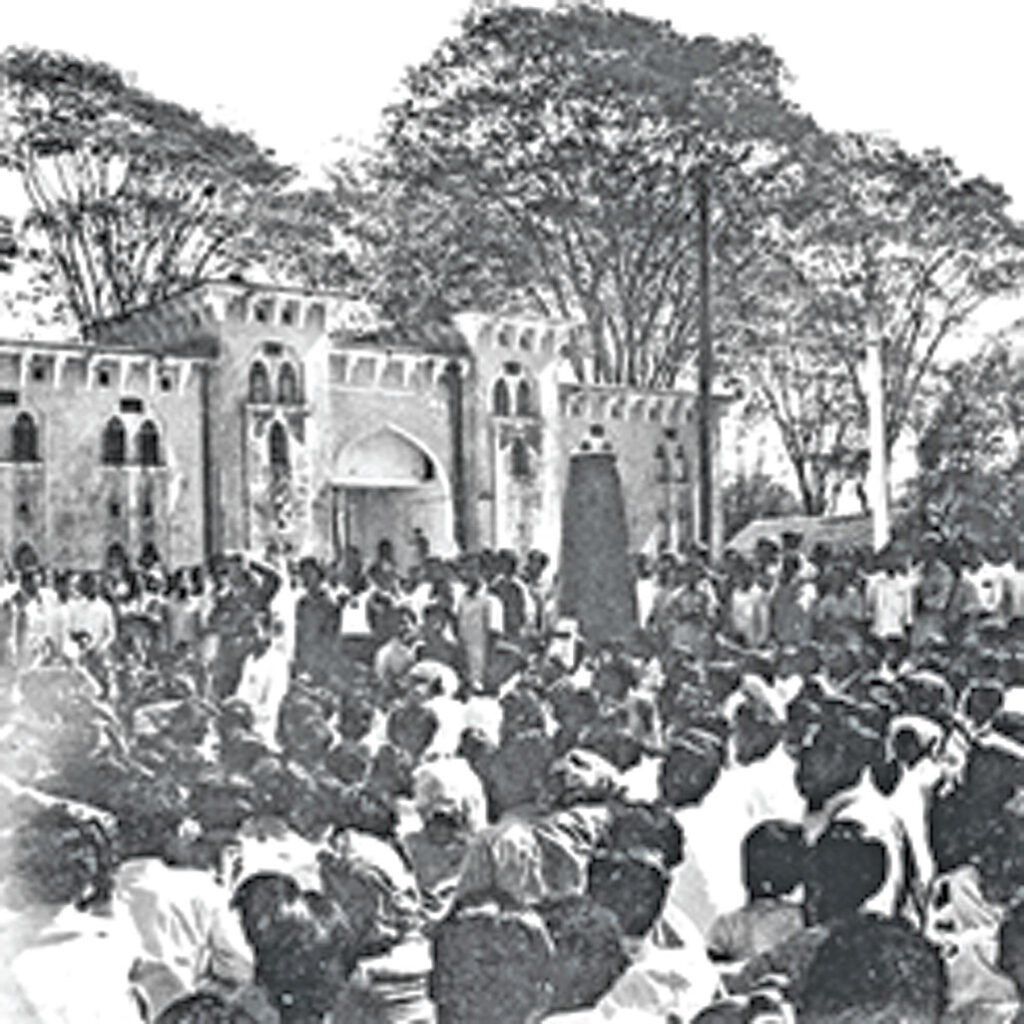 Historical Context:
Historical Context:
After the creation of Pakistan in 1947, the ruling West Pakistan elite attempted to impose Urdu as the sole state language, sparking protests in East Pakistan (now Bangladesh), where the majority spoke Bangla.
Key Involvement of Dhaka University:
-
Students and teachers were at the forefront of protests, particularly after the announcement in 1948 that Urdu would be the only state language.
-
On February 21, 1952, a student-led protest at DU escalated when police opened fire, killing several students.
Key Figures:
-
Salam, Rafiq, Barkat, and Jabbar – martyred students from DU and nearby institutions.
-
Ghulam Azam and Sheikh Mujibur Rahman (then a student leader) were among early organizers.
Impact:
This event catalyzed a broader cultural and political awakening, leading to the recognition of Bangla as a state language in 1956. The movement later influenced the push for autonomy and independence.
Involvement in the 1969 Mass Uprising
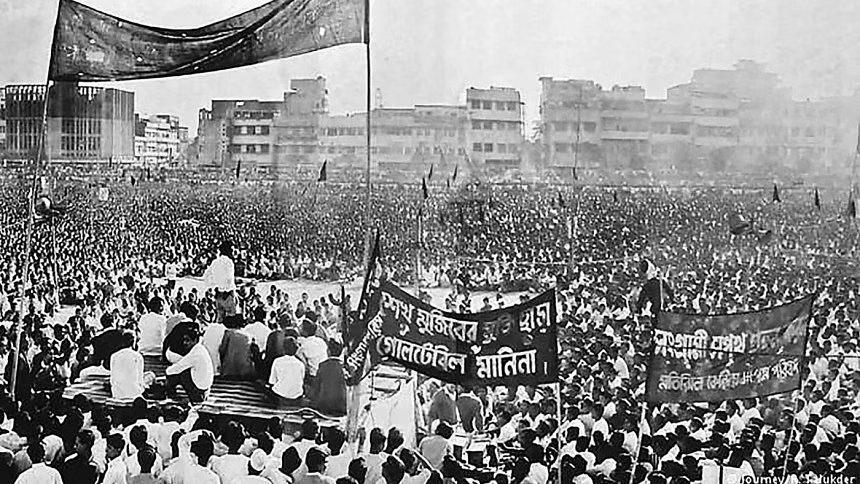
Context:
The 1969 uprising was a popular mass movement against General Ayub Khan’s military dictatorship in West Pakistan.
Role of Dhaka University:
-
DU students, under the banner of the Sarbadaliya Chhatra Sangram Parishad (All-Party Student Action Committee), launched protests, including processions and hartals.
-
The movement intensified after DU student Asaduzzaman Asad was shot dead by police on January 20, 1969.
-
Shaheed Minar and the Arts Faculty premises became the main centers for protests and speeches.
Contribution of Faculty:
-
Many DU teachers silently supported or openly encouraged the students, including professors from the political science and history departments.
Outcome:
-
Ayub Khan was forced to resign.
-
The movement exposed the deep-rooted inequality between East and West Pakistan and laid groundwork for future calls for autonomy.
Contribution to the 1971 Liberation War
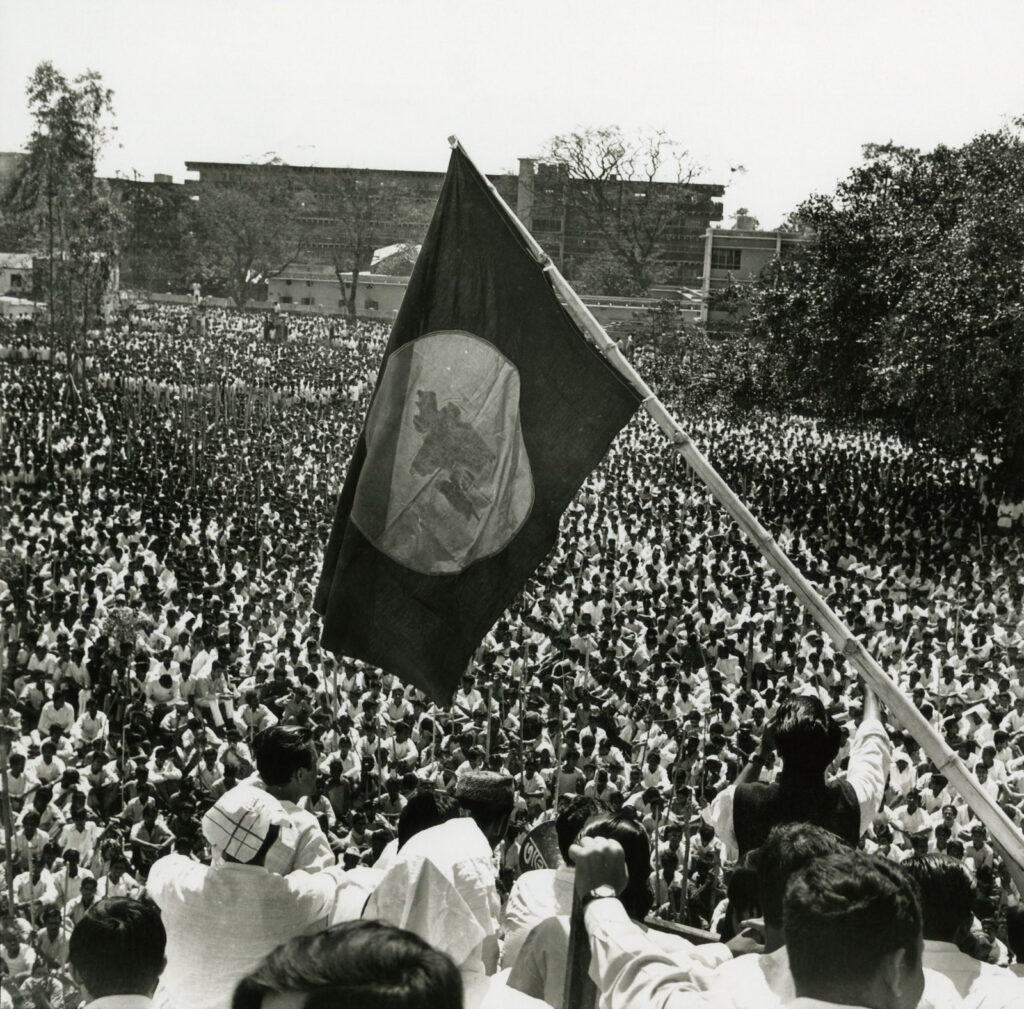
Pre-War Role:
-
DU was a stronghold of nationalist sentiment.
-
In the 1970 election, students supported the Awami League and its Six-Point Movement advocating for autonomy.
March 25, 1971 – Operation Searchlight:
-
DU was among the first targets of the Pakistani military.
-
Dormitories like Jagannath Hall and Iqbal Hall were stormed.
-
Professors such as Govinda Chandra Dev, Jyotirmoy Guhathakurta, Munier Chowdhury, and others were executed in their homes or offices.
Student Participation:
-
Thousands of students joined the Mukti Bahini (freedom fighters).
-
DU served as a nerve center for planning protests, organizing resistance, and spreading information.
Legacy:
DU became symbolic of the genocide, resistance, and ultimate triumph in the liberation of Bangladesh.
Participation in the 1990 Anti-Autocracy Movement
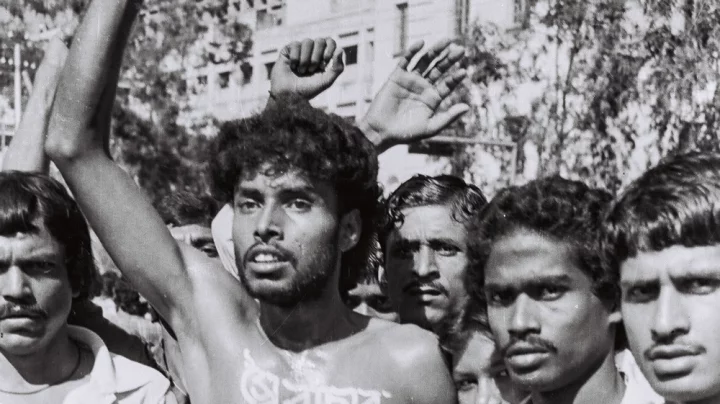
Background:
After years of autocratic rule by General Hussain Muhammad Ershad, frustrations boiled over in the late 1980s.
Role of Dhaka University:
-
Students from DU spearheaded the anti-Ershad movement, forming alliances such as Chhatra Oikya Parishad.
-
The Shaheed Minar, TSC, and Curzon Hall became hotspots for rallies and sit-ins.
-
They organized mass boycotts, human chains, and nationwide strikes.
Student Leaders:
-
Nurul Kabir, Rashed Khan Menon, Sheikh Hasina’s Awami League-aligned student wings were active.
-
Unity across political divides was key to success.
Outcome:
-
Massive protests led to the fall of Ershad on December 6, 1990.
-
A caretaker government was installed to ensure free elections, marking a major victory for democratic movements.
Recent Movements: Quota Reform and Youth Activism
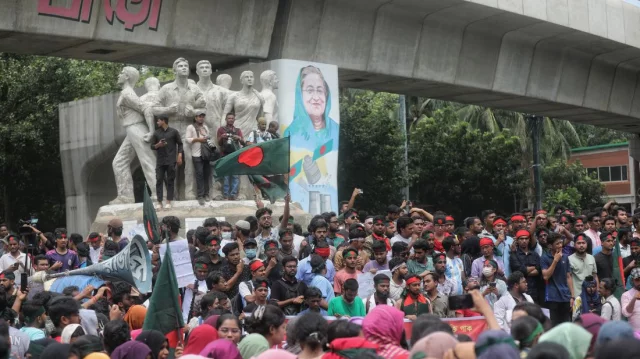 Quota Reform Movement (2018):
Quota Reform Movement (2018):
-
DU students launched protests demanding reforms to the government job quota system, arguing it was disproportionate and lacked meritocracy.
-
The movement started with peaceful sit-ins and spread to campuses nationwide.
-
The DU Central Library premises and Raju Memorial Sculpture became central protest sites.
Methods of Protest:
-
Social media mobilization.
-
Nationwide strikes and human chains.
-
Symbolic gestures like covering faces or wearing red.
Outcome:
-
The government suspended the quota system temporarily, but violence, arrests, and political backlash ensued.
Other Movements:
-
Safe Roads Movement (2018): DU students joined school students demanding road safety after a tragic bus accident.
-
Anti-Rape Protests (2020): Students protested rising sexual violence.
-
Pro-Palestinian rallies and Climate Marches also saw significant participation.
Common Themes and Patterns in DU’s Political Engagement
Recurring Themes:
-
Resistance against injustice, regardless of regime or ideology.
-
Youth leadership, usually from DU’s arts, law, and social science faculties.
-
DU as a symbolic and strategic venue for dissent.
Patterns:
-
Early activism led by students, often with later faculty involvement.
-
Mobilization through alliances and action committees.
-
Protests evolving from spontaneous to structured.
-
Targeted repression, followed by nationwide sympathy.
Evolution:
-
From physical rallies to digital campaigns.
-
From nationalist causes to intersectional issues (e.g., gender, environment, employment).
-
More sophisticated use of media, legal petitions, and civic platforms.
Enduring Legacy and Institutional Identity
Dhaka University’s history is inseparable from Bangladesh’s own journey.
It is not merely a university; it is a symbol of conscience, a cradle of revolution, and a voice for the voiceless.
Read More: Bangladesh Exports $7.34 Billion Worth of Garments to the US in a Decade
Legacy Includes:
-
Producing iconic leaders and countless intellectuals.
-
Its martyrdom during the Liberation War cemented its place in national memory.
-
Its students continue to shape national conversations around rights, justice, and democracy.
Identity Today:
-
Known as the “Oxford of the East” for its academic prestige.
-
Revered and feared by those in power due to its activist tradition.
-
Celebrated on days like February 21, March 26, and December 16, not just for academics, but for its people’s university status.
Legendary Alumni and Faculty of Dhaka University
What began as class lectures at Dhaka University often turned into world-changing ideas. Here are some of the brilliant minds who shaped history:
-
Satyendra Nath Bose – Physicist behind Bose-Einstein statistics; co-named the boson particle. Developed his groundbreaking theory while teaching at DU.
-
Sheikh Mujibur Rahman – Led the fight for Bangladesh’s independence. His political journey began as a DU student.
-
Muhammad Yunus – Nobel Peace Prize laureate; founder of Grameen Bank and pioneer of microfinance. In 1957, he enrolled in the Department of Economics at Dhaka University and completed his BA in 1960 and MA in 1961.
-
Serajul Islam Choudhury – Prominent scholar and public intellectual, challenged social injustice through Marxist thought and literary criticism.
-
Buddhadeb Bose – Pioneer of modern Bengali poetry; taught at DU and edited the iconic magazine Kavita.
-
Humayun Azad – Fearless writer and professor; known for his bold critiques of extremism and patriarchy.
-
Nurul Momen (Natyaguru) – Father of modern Bangla theatre; introduced one-act plays and mentored future dramatists.
These individuals transformed ideas into movements and turned classrooms into catalysts for change shaping Bangladesh and beyond.
A University with a Pulse
Dhaka University is not just a structure it’s a living being. In its labs, curiosity hums like electricity. In its technology departments, dreams take shape through code, circuits, and innovation. It watches generations build new futures.
It remembers the battles that won us our voice and our flag.
It inspires students to break boundaries, not just in politics, but in science, thought, and creation.
It bleeds when the nation aches, and it heals when hope is needed most. And no matter how far technology evolves or how fast cities grow, Dhaka University will remain Bangladesh’s moral compass grounded in wisdom, powered by youth, and alive with purpose.
Conclusion: A Birthday Beyond Celebration
As the University of Dhaka turns 104, this is more than just a birthday it is a remembrance, a reckoning, and a renewal. It is the anniversary of a vision born from loss and rebellion, raised through sacrifice, and sustained by courage.
For over a century, Dhaka University has stood as the heart of Bangladesh’s conscience defiant in resistance, daring in thought, and devoted to justice. From language martyrs to scientific pioneers, from the classroom to the battlefield, it has not only witnessed history it has shaped it.
Today, as candles are lit and tributes are paid, we do not merely count years. We honor the generations that walked these halls and guarded dreams under its arches. We salute the minds that changed the Bangladesh with education and those still to come.
Because as long as this nation breathes, Dhaka University will pulse at its center ever watchful, ever young, ever free.
Share via:

